Everything You Ever Wanted to Know About Coloured Diamonds
Picture a diamond and a sparkling colourless gemstone probably springs to mind. But did you know that not all diamonds are colourless? Diamonds come in every shade of the rainbow, from rich, vibrant reds to deep, dark violets.
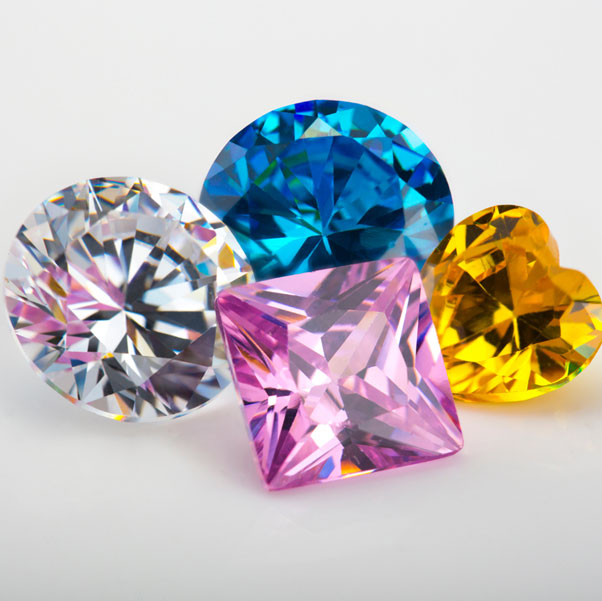
What are coloured diamonds?
Coloured diamonds (also known as fancy coloured diamonds) are diamonds that have a noticeable colour when you view them in the face-up position. The most common colours for natural diamonds are yellow and brown.
While they do exist, it's incredibly rare to find violet, red, green, orange, blue, and pink diamonds in nature. This is why they're so valuable. Out of every 10,000 diamonds, only one will have one of the stunning rare colours.
What do they look like?
A colour diamond's appearance is determined by how intense the colour is. The intensity of the colour is graded from “very light” to “vivid”. The closer to the vivid end of the scale, the brighter and more intense the colour is.
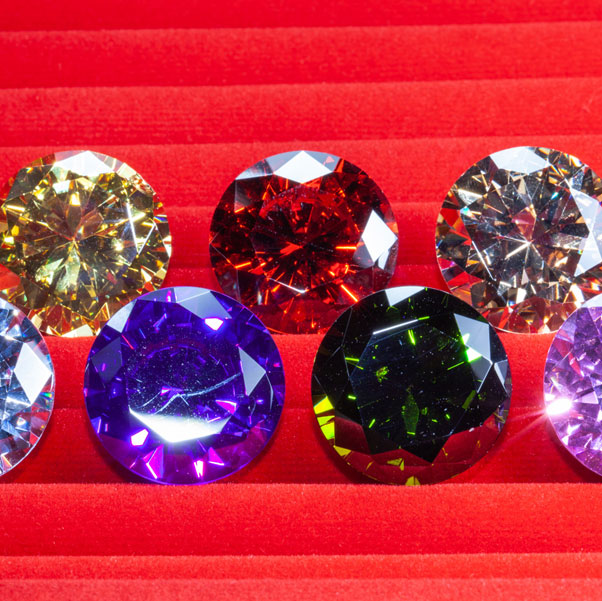
What makes a coloured diamond?
It's the imperfections that cause a natural diamond to take on colour. A diamond that is made entirely of carbon and has zero imperfections will be completely colourless. Diamonds this perfect rarely exist.
Most develop tiny imperfections that are completely invisible to the naked eye. It's only when you use the right examining tools and you have the proper gemstone knowledge that you can see the slight colour caused by the imperfections.
The reason the imperfections cause diamonds to become coloured diamonds is that they change the way that light passes through the gemstones. The imperfections force the diamond to transmit some lightwaves and absorb other lightwaves. This determines the diamond's colour.
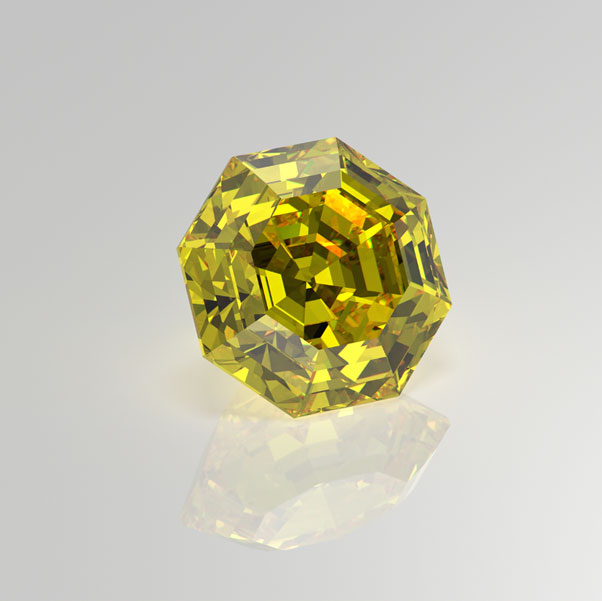
Yellow diamonds
Before you buy a coloured diamond, it's important to understand yellow diamonds. Fancy yellow diamonds (sometimes known as canary diamonds) get their colour from the presence of nitrogen. The best fancy yellow diamonds contain a high percentage of nitrogen without any other imperfections. This gives them a vivid colour and beautiful sparkle.
The reason yellow diamonds can be confusing is that nitrogen is present in a lot of colourless diamonds, too. The standard diamond scale runs from D to Z:
- D-F: Completely colourless
- G-J: Near colourless
- K-M: Faint yellow
- N-R: Very light yellow
- S-Z: Light yellow
Although diamonds G-Z contain some nitrogen, it's not a high enough percentage to make them fancy yellow diamonds. At Angelic Diamonds, we provide diamonds in grades D-H. Diamonds D-F are completely colourless, while diamonds G-H have a slight hint of yellow. This subtle shade is difficult to see without comparing the diamond side-by-side with a more colourless diamond.
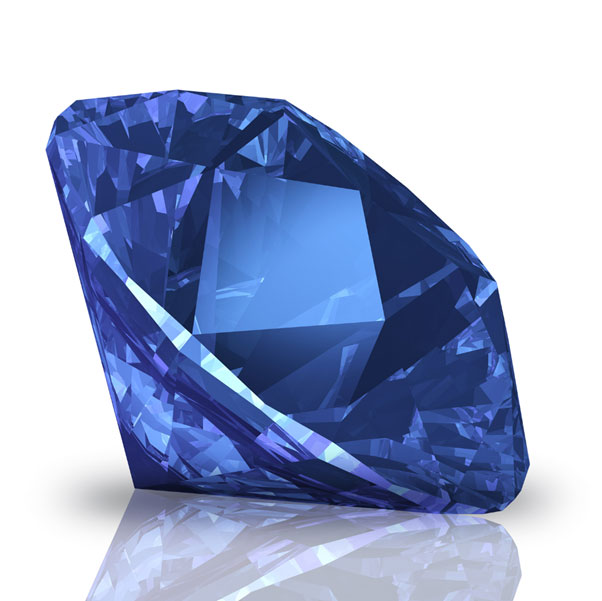
Famous coloured diamonds
The biggest ever red diamond is the 5.11-carat Moussaieff. This spectacular gemstone was discovered by a farmer in a Brazilian river bed. Before it was cut and polished, the diamond weighed over 13 carats! It's worth more than £16 million.
The Daria-i-Noor is the largest pink diamond in the world. It weighs around 182 carats and was part of a 400-carat rough stone. The same rough stone was also used to make the 60-carat Noor-ol-Ain.
Natural green diamonds are very rare — there are many more lab-grown green diamonds than natural ones. The biggest green diamond is the Dresden Green. It weighs 41 carats and you can see it at Dresden Castle.
The French Blue was the biggest cut blue diamond in the world. However, it disappeared during the French Revolution. It's widely regarded that the famous Hope Diamond was formed from the French Blue. Because of this, the sparkling gemstone is thought to bring bad luck to anyone who wears it.
You May Also Like

5 Tips for the ultimate winter hen party
Winter isn’t one of the most popular times to have a hen party, ...
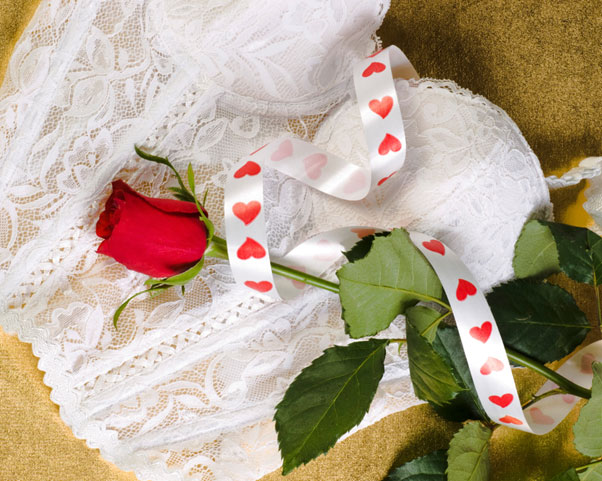
What to do with your wedding dress after your big ...
You’ve been planning your big day for as long as you can rememb ...
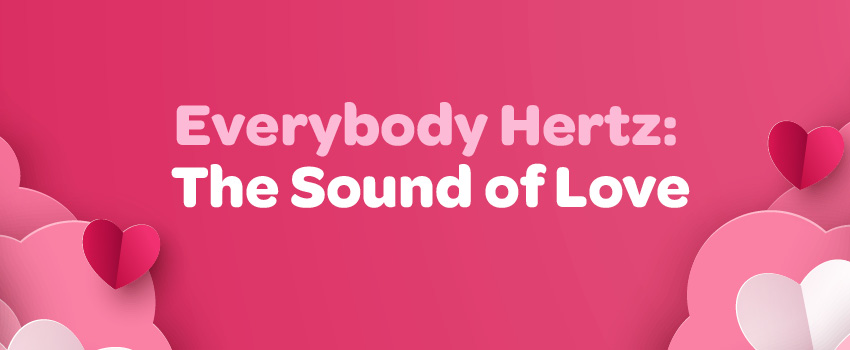
Everybody Hertz: The Sound of Love
Love isn’t just a feeling or an emotion that you may have to ...
